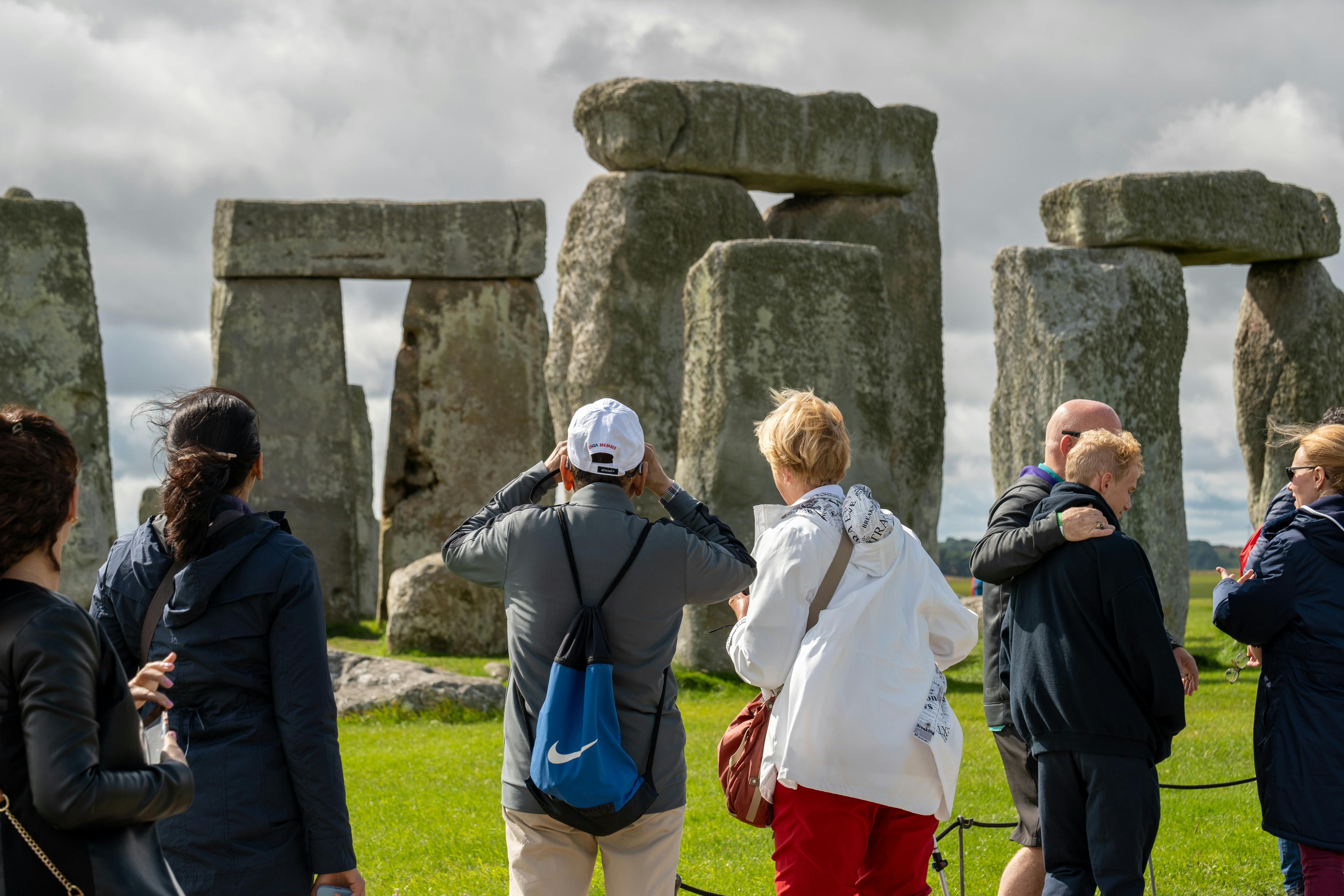In this article, you will gain insightful knowledge about the history of prenuptial agreements. By delving into the past, you will not only learn about the origins of these legal documents but also understand their evolving significance in modern times. With a clear understanding of the past, you will be better equipped to navigate the complexities of prenuptial agreements and make informed decisions regarding your own personal circumstances. So, let us embark on a journey through time, exploring the fascinating history of prenuptial agreements and their importance in protecting your assets and interests.
Prenuptial Agreement History
Prenuptial agreements, also known as premarital agreements or “prenups,” have a long history that spans across different cultures and time periods. These agreements are contracts that couples enter into before marriage in order to determine the division of assets, responsibilities, and potential spousal support in the event of divorce or death. In this article, we will explore the fascinating history of prenuptial agreements, from their ancient origins to the controversies surrounding them in the modern era.

Ancient Origins
The concept of prenuptial agreements can be traced back to ancient civilizations. In ancient Egypt, for example, couples would enter into agreements that stipulated the division of property and financial responsibilities in case of divorce. These agreements were primarily aimed at protecting the rights of women, ensuring that they would not be left destitute if the marriage ended.
Medieval Period
During the medieval period, prenuptial agreements began to emerge in Europe. These agreements were often supported by religious institutions and had a strong focus on protecting the rights of the wealthy. They were commonly used to safeguard family fortunes and inheritance, ensuring that they would remain within the family.
Rise of Dowries
In the following centuries, prenuptial agreements became closely tied to the practice of dowries. Dowries were financial or property transfers that a woman’s family would provide to the groom’s family upon marriage. Prenuptial agreements were often used to outline the specifics of the dowry and ensure fair treatment. In some cultures, failure to fulfill the terms of the agreement could result in the dissolution of the marriage.
Colonial America
Prenuptial agreements made their way to the United States during the colonial era. As the country established its legal system, prenuptial agreements were recognized and enforced by the courts. However, they were generally considered to be contracts like any other, rather than a special category of legal documents.
19th Century
In the 19th century, prenuptial agreements began to evolve further. The Industrial Revolution brought significant changes to society, including the accumulation of wealth by individuals. Prenuptial agreements became more common among the upper classes, with a focus on protecting and preserving family wealth. However, these agreements were still typically seen as a tool for the wealthy elite rather than the general population.
20th Century
With the changing social and economic landscapes of the 20th century, prenuptial agreements started to become more accessible to the average person. As divorce rates increased and women gained more legal rights, couples began to seek ways to protect their individual assets and interests. Prenuptial agreements became more widely recognized and were increasingly upheld by courts.

Post-World War II
After World War II, prenuptial agreements gained further recognition and acceptance. As more women entered the workforce and contributed financially to their marriages, the need for prenuptial agreements to protect individual assets grew. Courts became more willing to enforce these agreements, as long as they were entered into voluntarily and without coercion.
Modern Era
In the modern era, prenuptial agreements have become increasingly commonplace. They are no longer solely viewed as tools for the wealthy but rather as a practical way for couples to address financial and property matters in a transparent and fair manner. Prenuptial agreements can be particularly beneficial in situations where one or both partners have significant assets, business interests, or children from previous relationships.

International Variations
It is important to note that prenuptial agreements and their enforcement vary significantly across different countries. Some jurisdictions have more favorable views towards prenuptial agreements and are more likely to enforce them, while others may place greater limitations on their validity. It is essential for couples to seek legal advice specific to their jurisdiction when considering a prenuptial agreement.
Controversies and Debates
Despite their widespread use, prenuptial agreements are not without controversy. Some argue that prenuptial agreements undermine the fundamental principles of marriage and can create an atmosphere of mistrust. Others raise concerns about power imbalances within relationships and the potential for exploitation or coercion when drafting these agreements.
Nevertheless, prenuptial agreements continue to be an important legal tool for many couples. They offer a means of clarifying financial expectations, protecting individual assets, and providing peace of mind in an uncertain future. If you are considering a prenuptial agreement, it is crucial to consult with a qualified family law attorney who can guide you through the process and ensure that your rights and interests are protected.